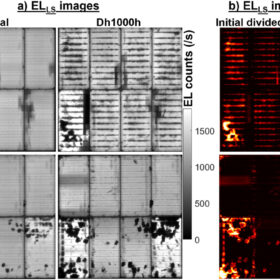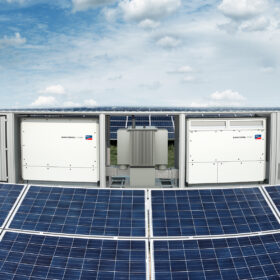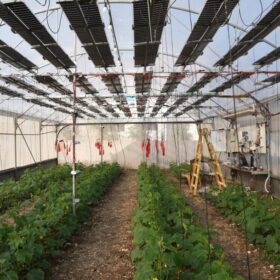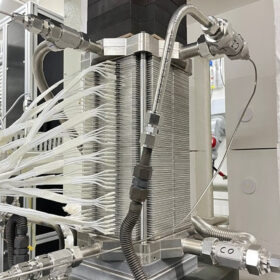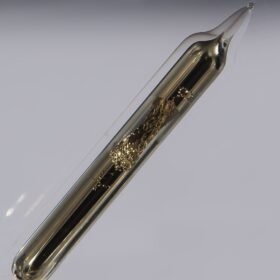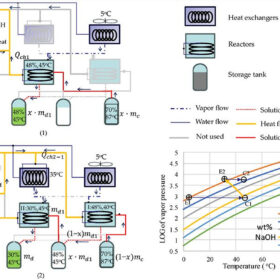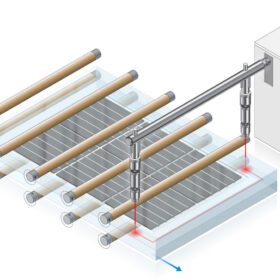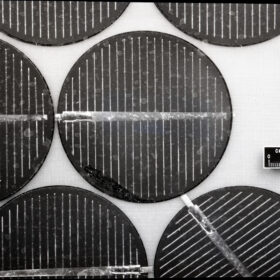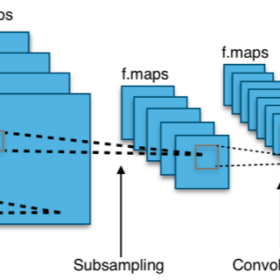UNSW researchers warn of surprising TOPCon solar module vulnerabilities
Researchers at the University of New South Wales claim to have identified three TOPCon panel failure types that are absent in PERC products. They explained that these failures may occur when the modules are exposed to high humidity and contaminants before encapsulation.
Using commercially available inverters for daylight photoluminescence imaging
An Australian research group has used an SMA inverter to switch the operating point of a PV array and has demonstrated its ability to create photoluminescence images for both rooftop and large scale solar installations.
Agrivoltaics for cucumbers
Scientists in Israel have tested three different PV technologies to power a greenhouse hosting 400 cucumber seedlings. Their analysis has revealed that the PV module cover on the greenhouse’s roof has a “negligible” impact on crop yield, but they also noted that the greenhouse cover’s spectral transmittance and accumulated dust may negatively affect solar module performance.
Korean researchers build 8 kW solid oxide electrolysis cell that can produce 5.7 kg of hydrogen per day
The Korea Institute of Energy Research has developed a solid oxide electrolysis cell stack that uses a special kind of separator plate to ensure proper flow of hydrogen and oxigen after water splitting. Samsung Electro-Mechanics and Bumhan Industries are now cooperating with the research center to improve relevant manufacturing process.
Perovskite PV cell, module manufacturing may face material supply risks
German and Swedish researchers calculated the supply of materials to produce perovskite tandem PV at a multi-terawatt-scale, flagging the difficult supply of gold, indium and cesium, well as a need to streamline production of certain materials used for hole-transport layers. “In essence, we might be able to go post-fossil fuels, but we can’t go post-minerals,” the research’s corresponding author, Lukas Wagner, told pv magazine.
Solar-assisted thermochemical heat pump based on caustic soda, water
Researchers in China have designed a two-stage, solar-assisted thermochemical heat pump system that uses caustic soda and water as a working pair. The system is reportedly able to achieve an energy storage density of 363 kWh/m3 and is considered by its creators an ideal solution for residential buildings with limited space.
Improving solar panel recyclability with lasers
The National Renewable Energy Laboratory developed a proof of concept for a method to remove polymers from solar panel manufacturing to enable more efficient recycling.
First silicon solar cell celebrates 70th birthday
On April 25, 1954, US researchers presented the first prototype of a usable solar module. The efficiency at that time was around 6%. A lot has happened since then.
PV module fault detection technique based on convolutional neural network
An international research team has used the convolutional neural network (CNN) deep learning algorithm to identify faults in solar panels. Its work showed the proposed technique has a high degree of accuracy, especially if combined with transfer learning models.
Reducing photovoltaic-thermal module temperature with iron, copper oxide
An international research team has proposed using iron oxide and copper oxide to lower photovoltaic-thermal (PVT) solar module temperature. Their analysis showed that the two compounds were able to lower the panels’ operating temperature by 23.49% and 34.58% respectively.
